superstudio
︎Article, Architecture, Collage, Philosophy
︎ Ventral Is Golden
superstudio
︎Article, Architecture, Collage, Philosophy
︎ Ventral Is Golden
︎ Ventral Is Golden
"For those who, like ourselves, are convinced that architecture is one of the few ways to realise cosmic order on earth...it is a moderate utopia to imagine a near future in which all architecture will be created with a single act, from a single design capable of clarifying once and for all the motives which have induced man to build dolmens, menhirs, pyramids, and lastly to trace a white line in the desert."
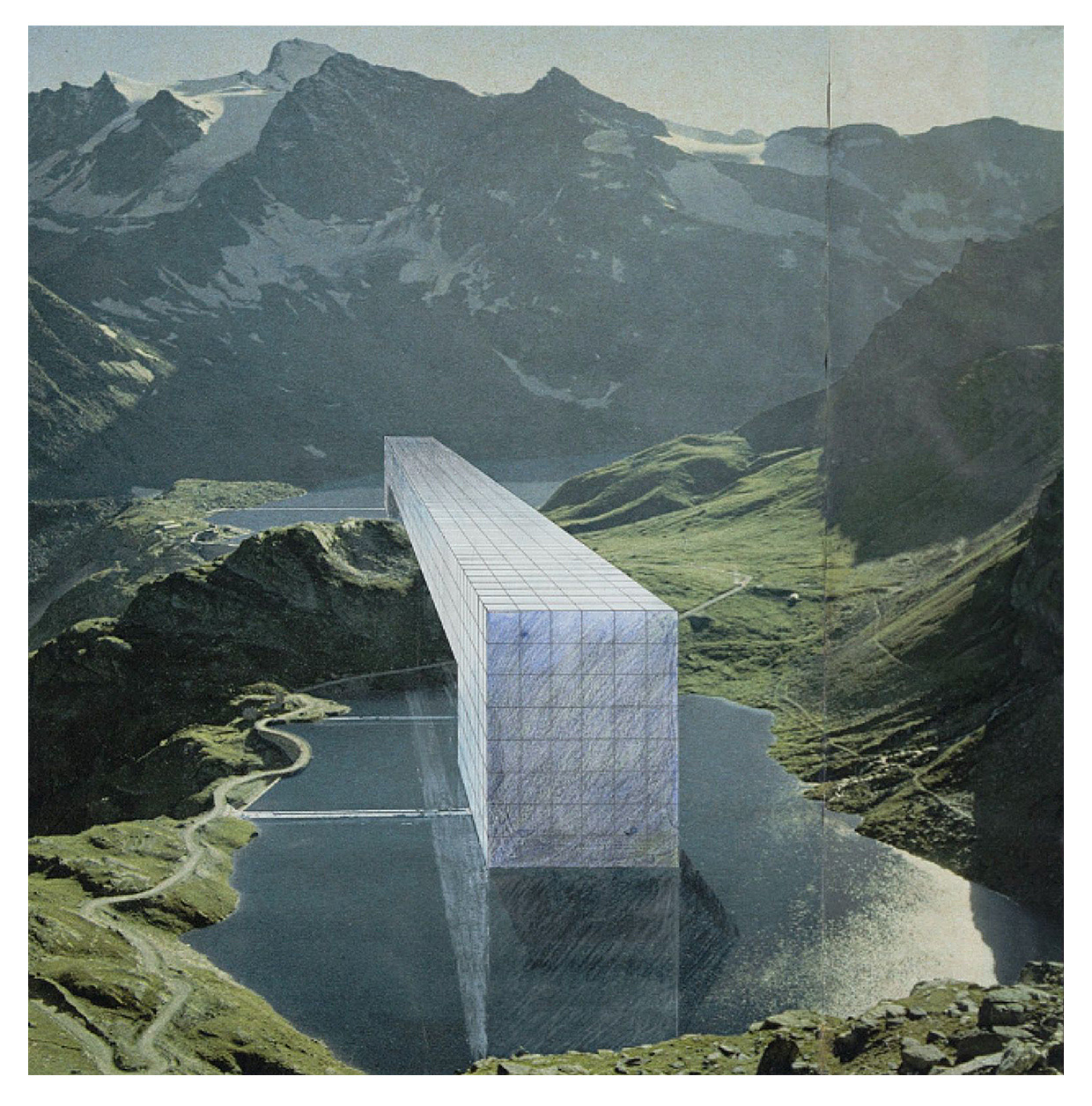

As part of the Radical Architectural movements of the late 1960s, Superstudio (founded by Adolfo Natalini and Cristiano Toraldo di Francia) became a major artistic studio who's output was highly conceptual and transcended the physical realm - having never actually produced any physical buildings, but instead conceptualising anti-buildings ('anti-architecture', their main aim was to hypothesise the 'Supersurface'. A kind of all-consuming monolithic structure, pertaining towards a society of hyper-connectivity and networked energy.
Natalini believed there to be three types of intellectual research of the future; an architecture of the monument, the image and the technomorphic - particular metaphors for mediating the spaces between physical and metaphysical spaces. Superstudio also used the idea of nature as a technological substrate, upon which to build their ‘Continous Monuments’ series. These theoretical structures were intended to impress a nurturing mentalitly towards contempoaray ideas of utopia, as the group believed that a single unifying structure could bring about cosmic order on earth, through the abstraction and replication of a self-same, reflective geometry.
Natalini believed there to be three types of intellectual research of the future; an architecture of the monument, the image and the technomorphic - particular metaphors for mediating the spaces between physical and metaphysical spaces. Superstudio also used the idea of nature as a technological substrate, upon which to build their ‘Continous Monuments’ series. These theoretical structures were intended to impress a nurturing mentalitly towards contempoaray ideas of utopia, as the group believed that a single unifying structure could bring about cosmic order on earth, through the abstraction and replication of a self-same, reflective geometry.
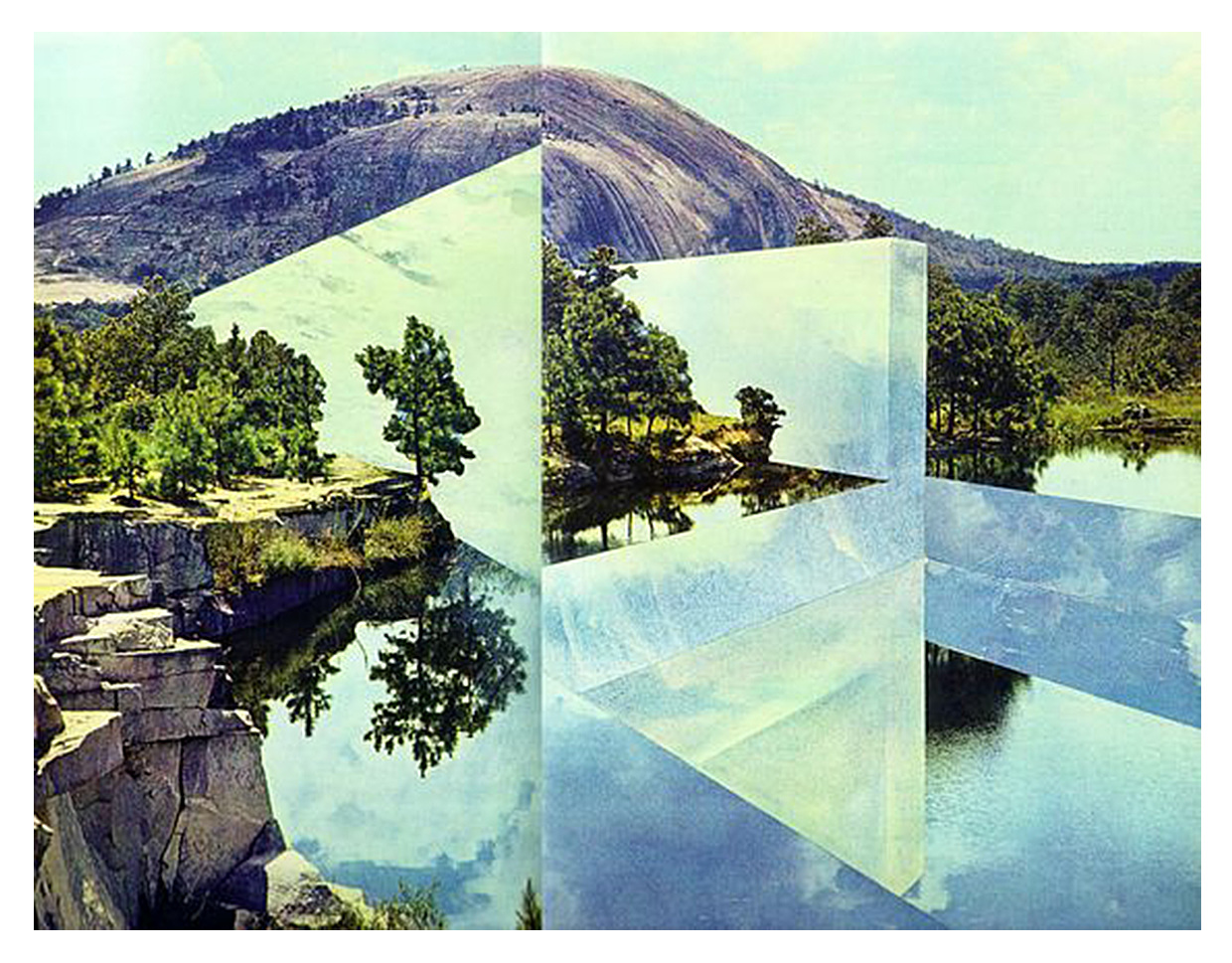
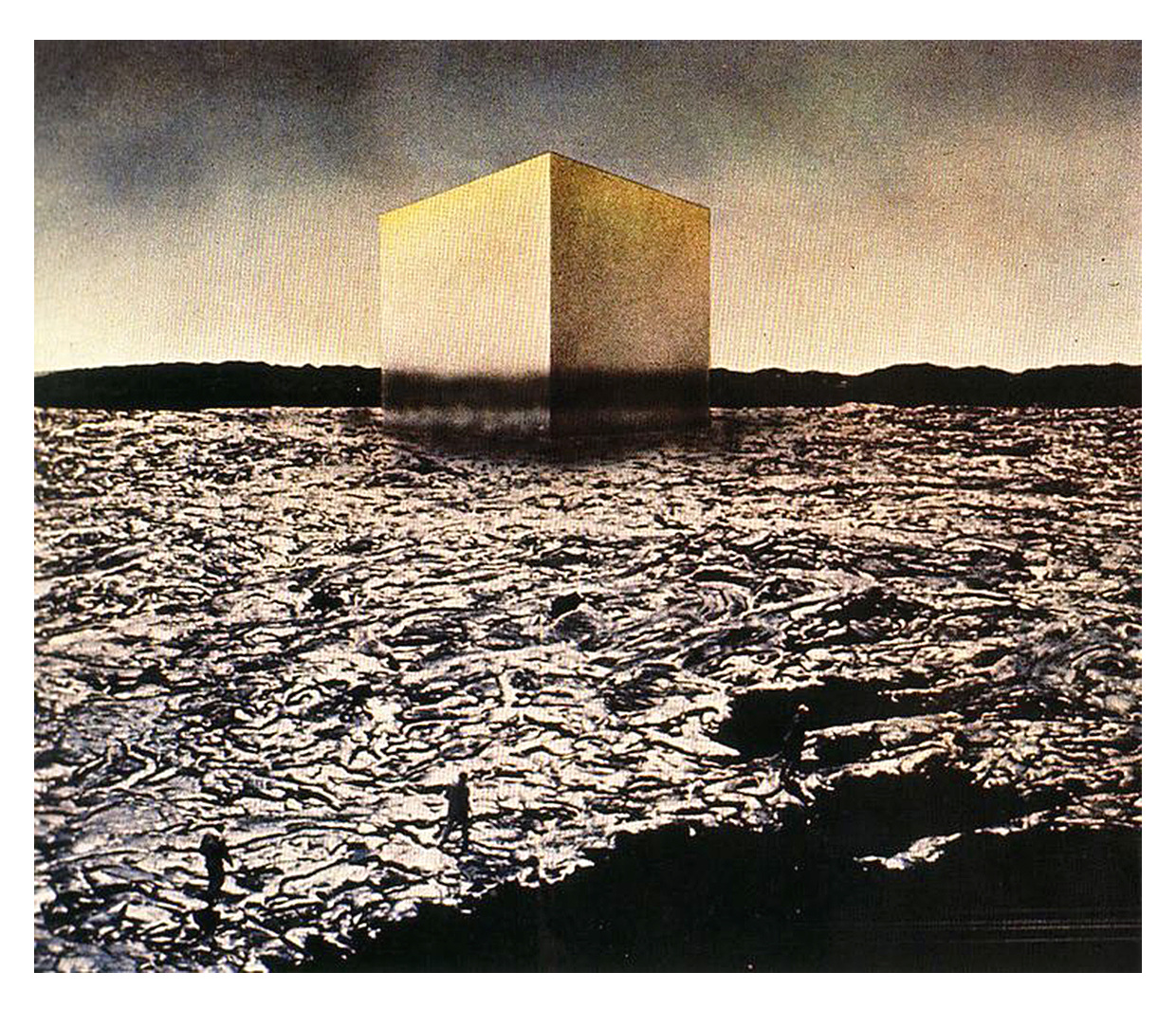
With a cultural intellectual stasis that saw the Modernism of the 1920's grind into a conservatism that looked backwards in order to preserve its own inherent structures, Superstudio began responding with satirical images of what the group saw as a disruption of power between urbanism and ecology.
A case in point was a major ecological event that saw the flooding of Florence in 1966. It’s consequences brought about further de-population of residents and subsequent redevelopment for commercial interests.
some statistics state that there are two hundred tourists for every local in Florence, and the average age of local residents is sixty-four years. Rather than wanting to restore the conservative structures of the city that led to these stats, Superstudio proposed to block the Arno River in order to further submerge Florence. This would create an underwater city, citing that they thought the Florence had already been turned into an amusement park with the constant flood of tourism.
"In the beginning," said Natalini, "we designed rather fantastic objects for production in wood, steel, glass, brick or plastic. That was at the beginning, in 1966. Then we turned to the production of usable objects like chairs, tables and cabinets, but these were designed in a deliberately neutral way, a criticism of consumer culture and the continuous drive for novelty. Finally, in 1969, we started designing negative utopias like Il Monumento Continuo, images warning of the horrors architecture had in store with its scientific methods for perpetuating standard models worldwide. Of course, we were also having fun." (Anti-Matter).
A case in point was a major ecological event that saw the flooding of Florence in 1966. It’s consequences brought about further de-population of residents and subsequent redevelopment for commercial interests.
some statistics state that there are two hundred tourists for every local in Florence, and the average age of local residents is sixty-four years. Rather than wanting to restore the conservative structures of the city that led to these stats, Superstudio proposed to block the Arno River in order to further submerge Florence. This would create an underwater city, citing that they thought the Florence had already been turned into an amusement park with the constant flood of tourism.
“Superstudio began responding with satirical images of what the group saw as a disruption of power between urbanism and ecology.”
"In the beginning," said Natalini, "we designed rather fantastic objects for production in wood, steel, glass, brick or plastic. That was at the beginning, in 1966. Then we turned to the production of usable objects like chairs, tables and cabinets, but these were designed in a deliberately neutral way, a criticism of consumer culture and the continuous drive for novelty. Finally, in 1969, we started designing negative utopias like Il Monumento Continuo, images warning of the horrors architecture had in store with its scientific methods for perpetuating standard models worldwide. Of course, we were also having fun." (Anti-Matter).



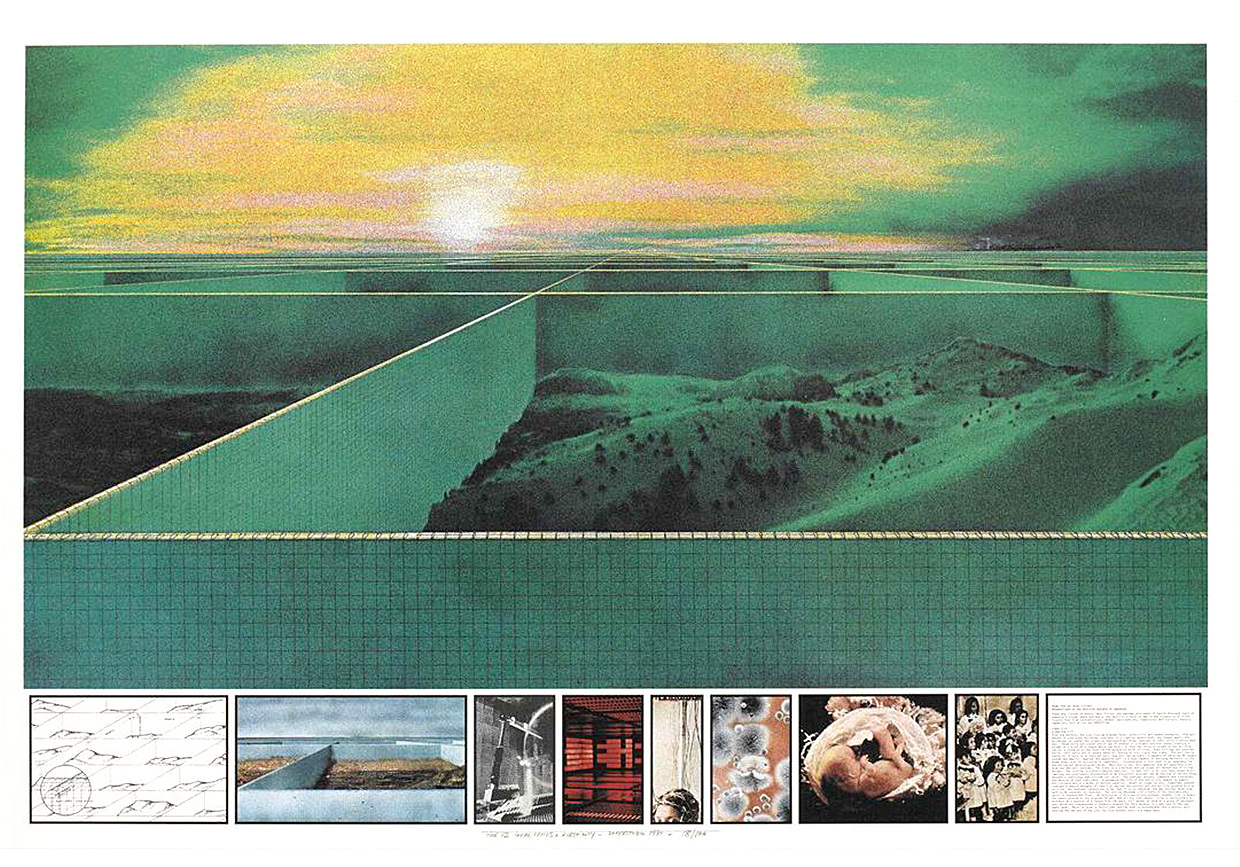
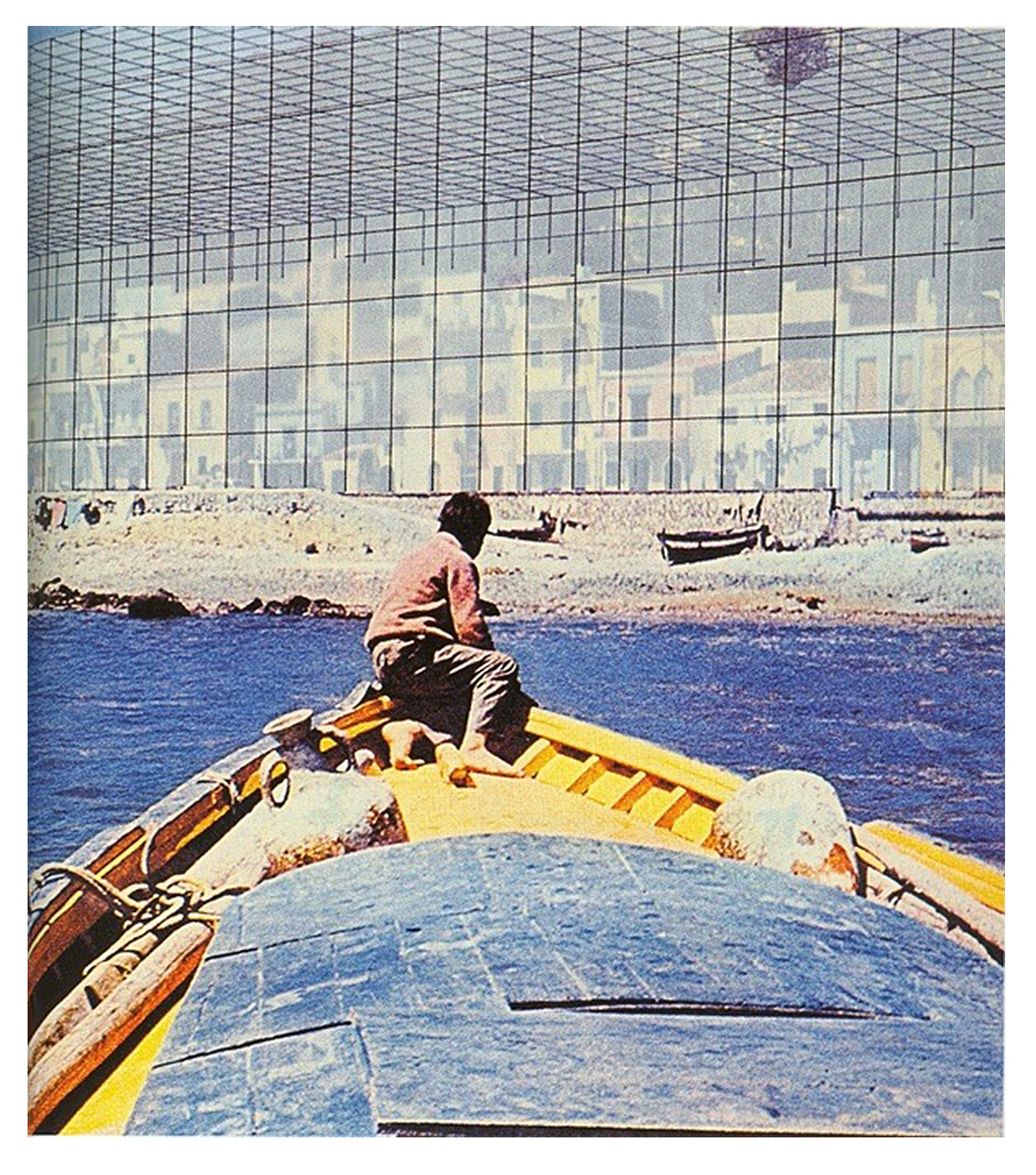
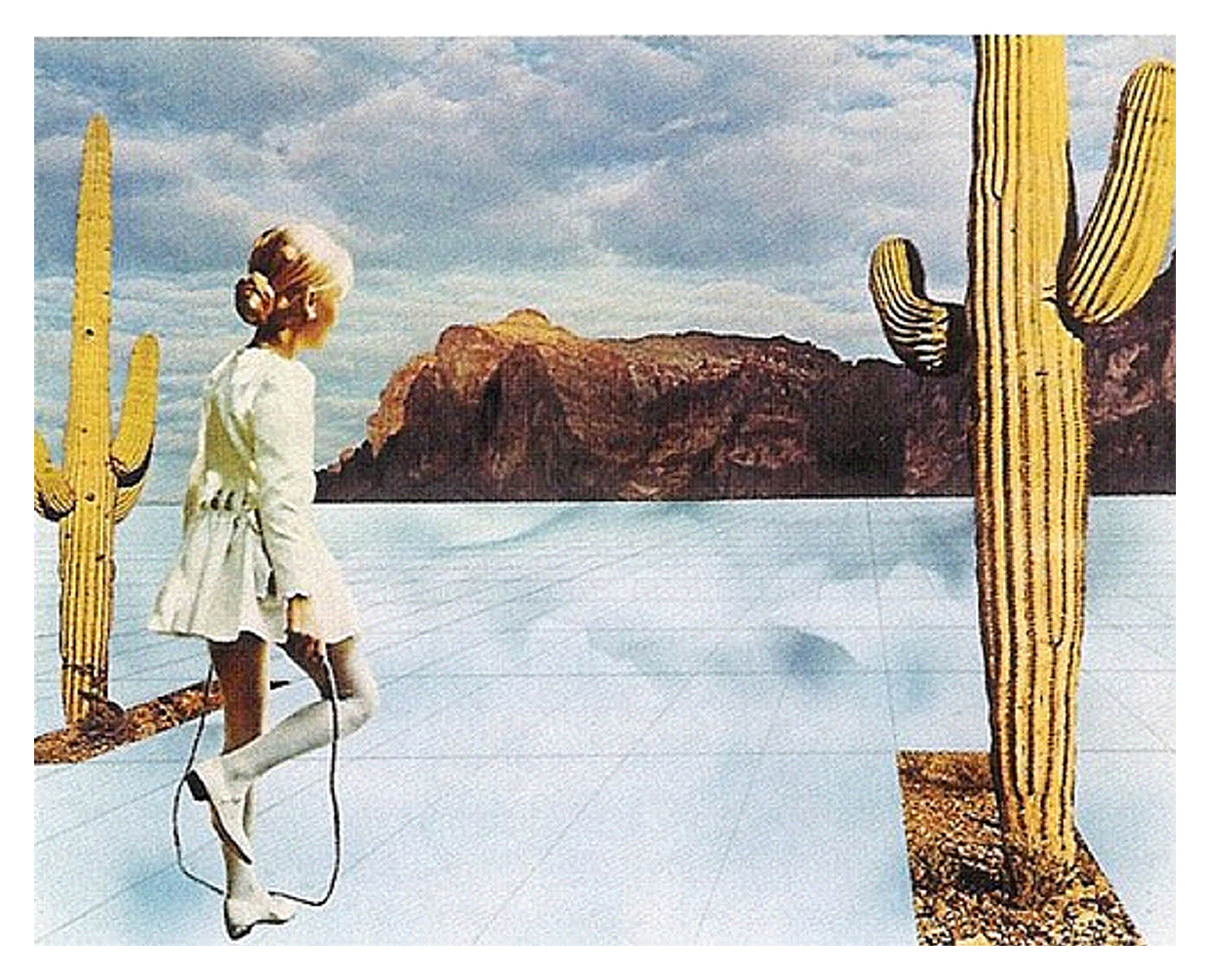
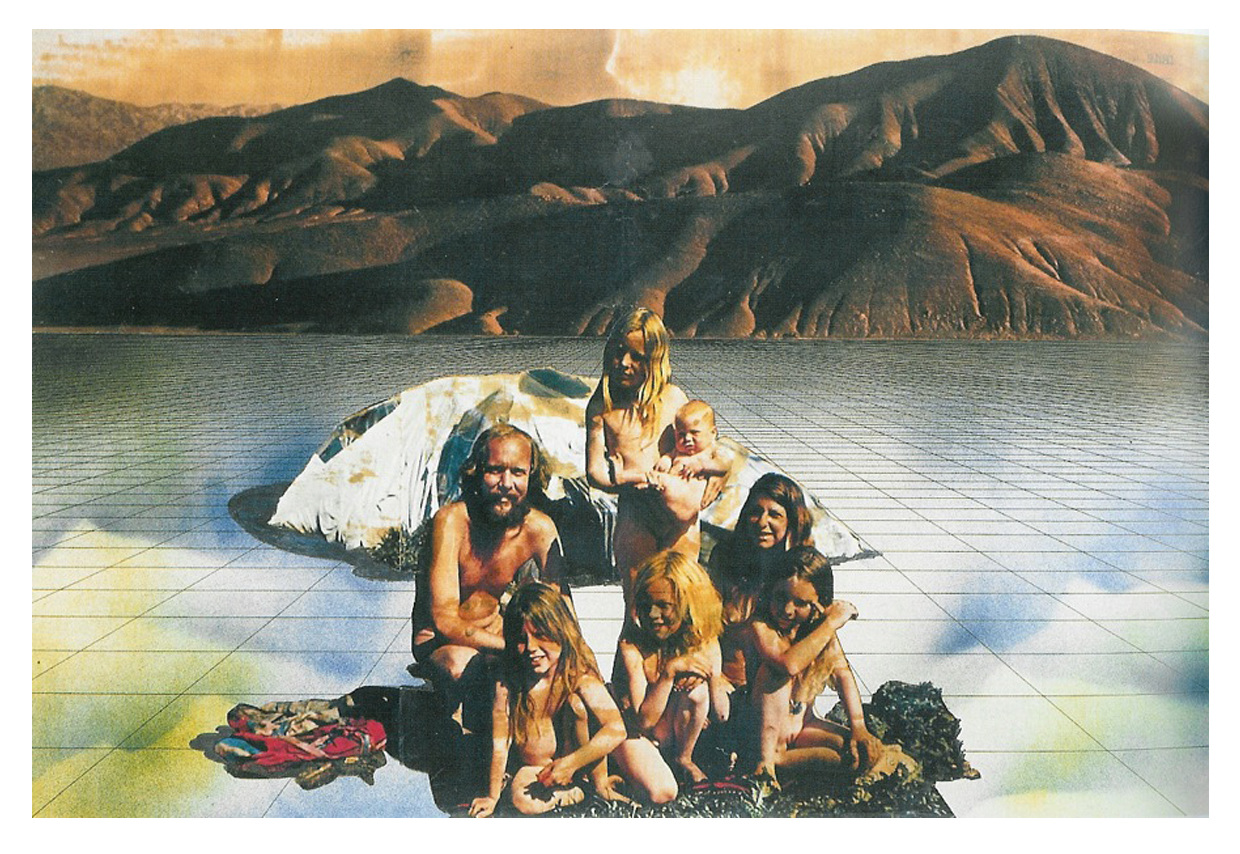
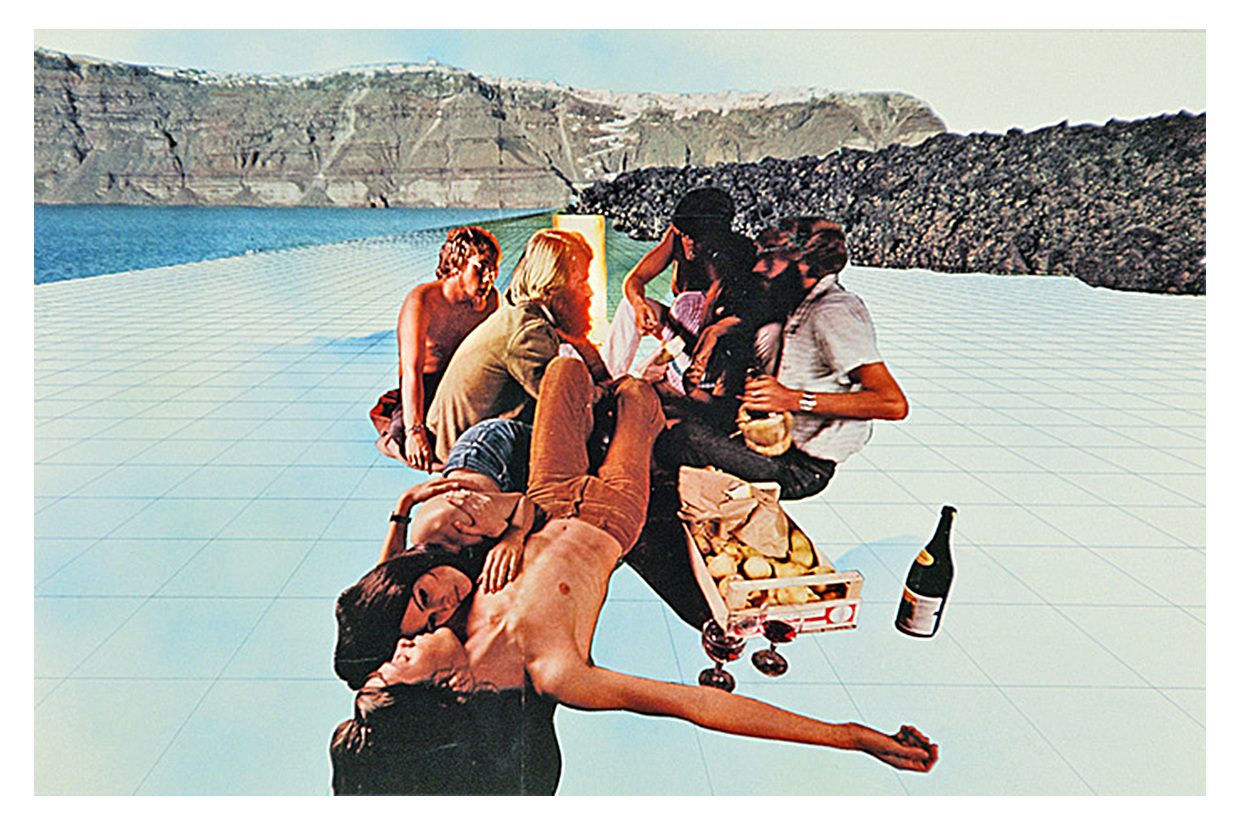
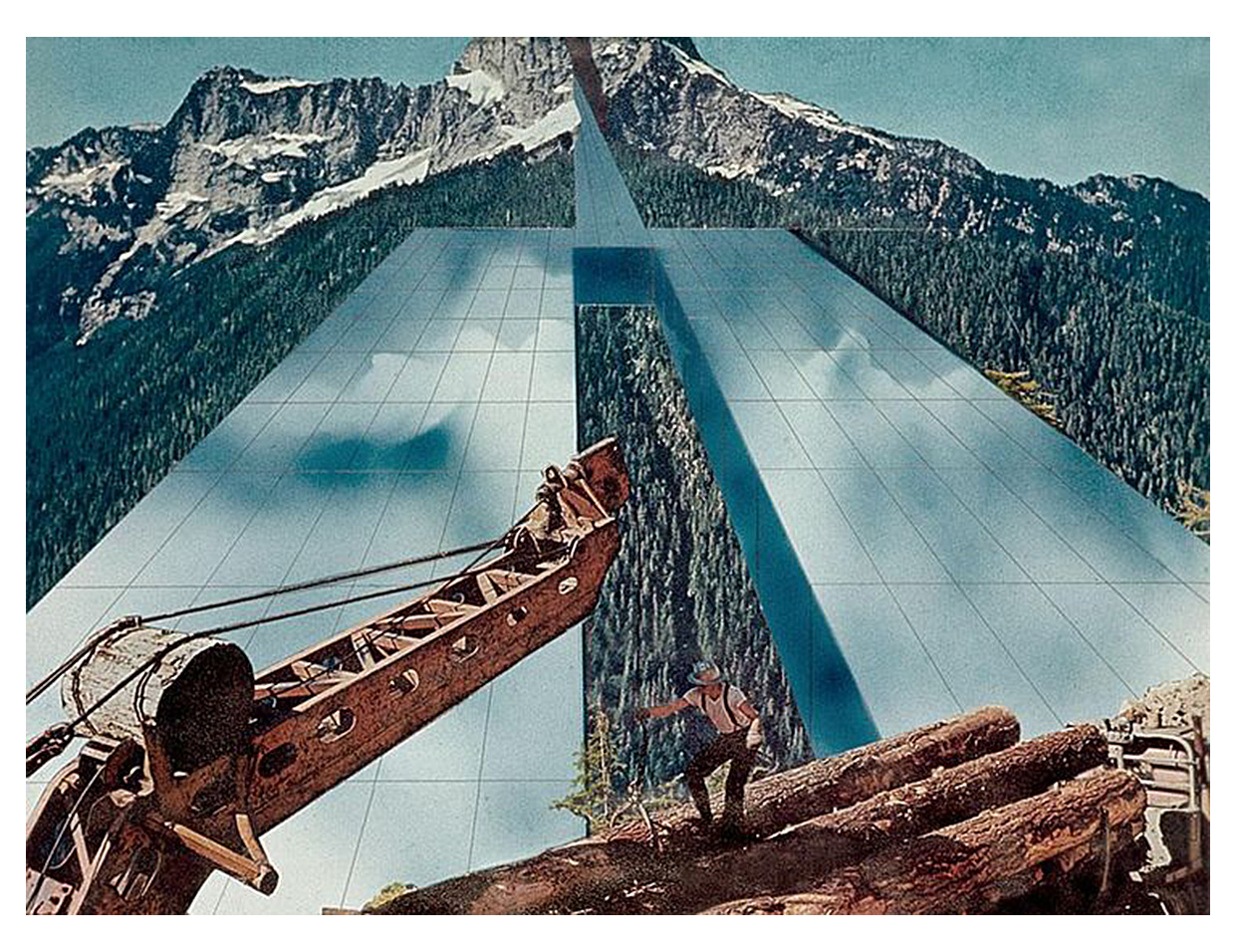
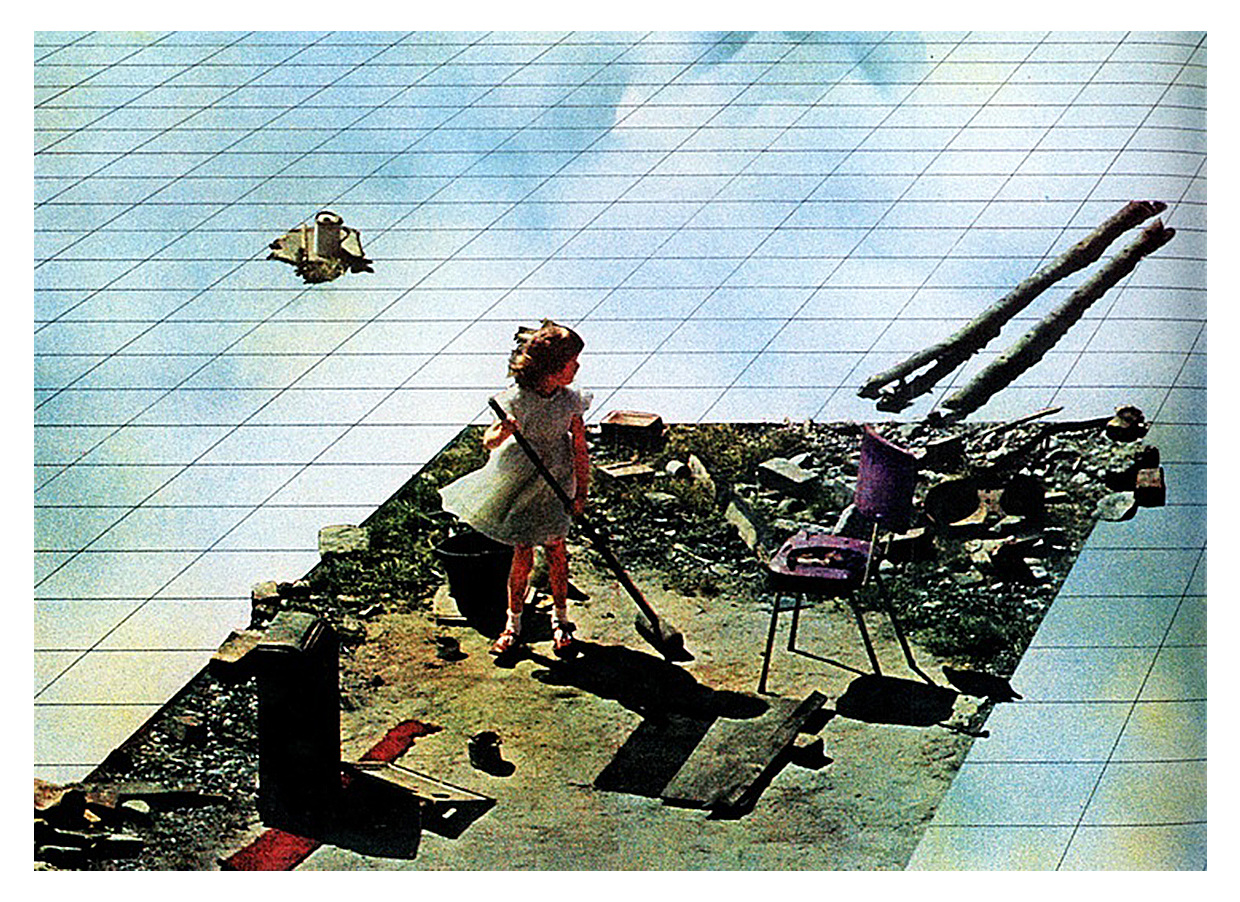

Further Reading ︎
NY Times article
Archizoom
Killing the Moonlight; Modernism in Venice, Jennifer Scappettone
Spectral Revolution, Jason Reza Jorjani